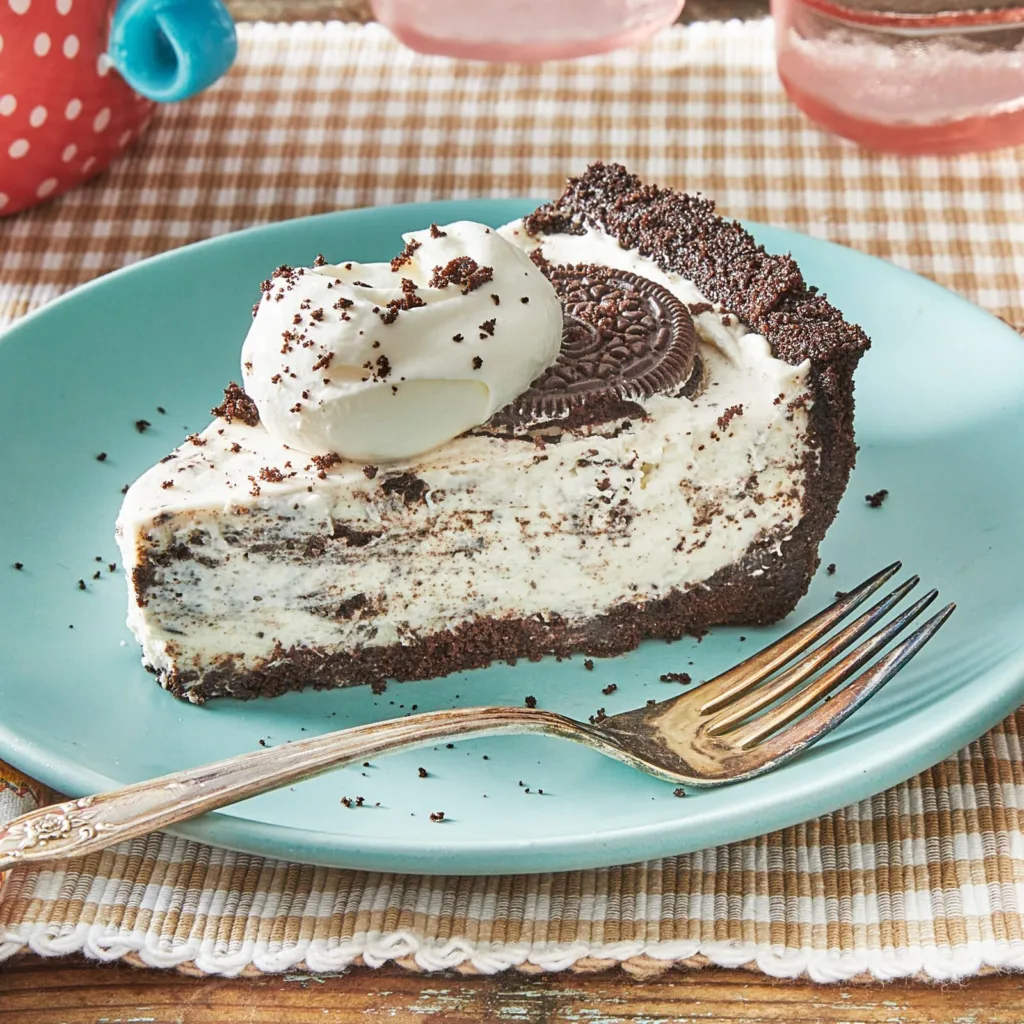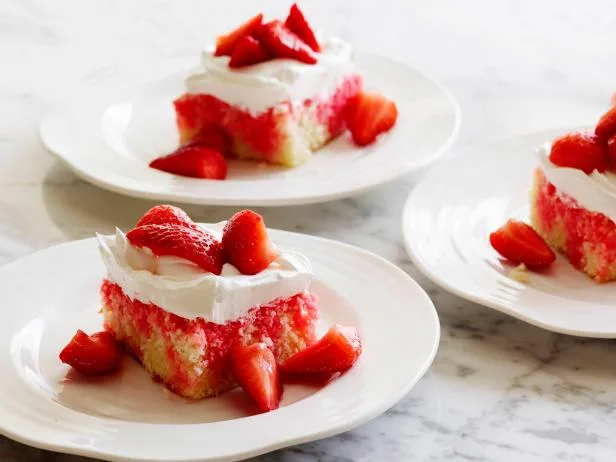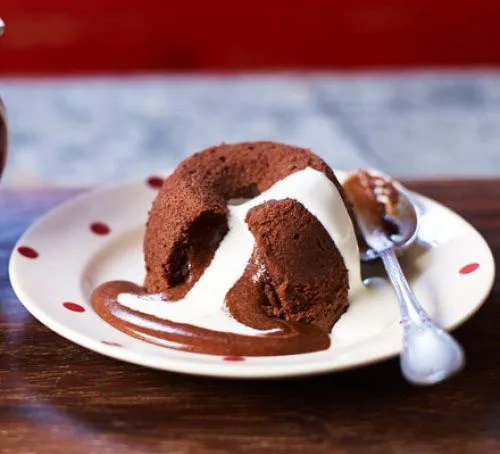I. Introduction: Unlocking the Sweet Secret to Weight Loss
Indulging in dessert doesn’t have to derail your weight loss goals. In fact, enjoying sweets strategically can actually enhance your progress. This may sound counterintuitive, but the right desserts at the right times can satisfy cravings, boost metabolism, and reward hard work.
Understanding the connection between desserts and weight loss is key. While overdoing sweets can lead to excess calories, making room for modest portions of delicious treats can increase compliance with an overall healthy diet. Moderation and mindfulness are key when harnessing the power of desserts to power your success.
Let’s explore the tantalizing truth about desserts. With insight into cravings, nutrition, and more, you can unlock the sweet secret to lasting weight loss. Keep reading to learn how desserts can transform from diet-derailers to powerful diet tools.

II. The Psychology of Cravings: Understanding Your Sweet Tooth
We’ve all experienced intense dessert cravings that feel impossible to ignore. But what’s actually happening in our brains when a sweet tooth strikes? Understanding the psychology behind these urges can help you master them.
Research shows that sugar activates reward centers in the brain. The neurotransmitter dopamine is released when we consume sweets, creating feelings of pleasure and satisfaction. For many people, this experience becomes powerfully reinforcing. We begin to crave that feel-good dopamine rush.
More specifically, a protein called DARPP-32 is activated by dopamine surges when eating sugar. This protein kickstarts a cascade of chemical reactions and neuronal firing that flags sweets as rewarding. The more we indulge our sweet tooth, the stronger this wiring becomes.
Emotional eating can also awaken cravings. Stress, boredom, sadness, and other feelings may trigger a desire for comfort foods. Desserts become a quick fix for regulating mood and emotions. This pattern can become habitual over time.
Knowing what truly drives your cravings gives you power over them. The better you understand your sweet tooth, the better you can satisfy it wisely. Pay attention to when urges arise and what you’re needing in those moments, whether it’s stress relief or just the dopamine rush. Identifying your personal triggers allows you to address them logically rather than giving into temptation impulsively.
Arm yourself with strategies like sipping tea, calling a friend, taking a walk, or enjoying a healthier treat when a dessert craving strikes. Get to the root of the urge instead of just reacting. Your insight into the psychology behind your sweet tooth is the key to mastering it.

III. Healthy Dessert Alternatives: Satisfying Cravings Guilt-Free
Giving in to dessert cravings doesn’t have to derail your diet. Making smart swaps allows you to satisfy your sweet tooth without the extra sugar, calories, and fat.
Focus on desserts made with wholesome ingredients like fruit, nuts, whole grains, yogurt, and dark chocolate. Berries drizzled in dark chocolate make an antioxidant-rich treat. Baked apples or pears are delicious topped with a sprinkle of walnuts and cinnamon. And yogurt parfaits layered with granola and fresh fruit provide a protein and fiber-packed option.
Play around with sweet vegetable options too. Baked sweet potato topped with cinnamon and nut butter makes a filling dessert. Blend cooked pumpkin into a velvety mousse or pudding. And puree roasted beets into brownies for a double dose of antioxidants.
Get creative in the kitchen with healthy ingredient substitutions. Replace half the white flour in recipes with whole wheat or almond flour to increase nutrition. Use avocado, banana, or pumpkin puree instead of butter or oil in baked goods. And blend fruits like strawberries, bananas, and mangos into smoothie bowls for a creamy, satisfying fix.
The possibilities for healthy swaps are endless once you start experimenting. Find new favorite treats that are low in sugar but still high in flavor. Your tastebuds will adjust surprisingly quickly once you cut back on hyper-sweetened junk foods. Natural sweetness will become wholly satisfying.
With a little creativity, you can indulge cravings with desserts that nourish your body too. Discover new favorites that are low in sugar but still high in flavor.
IV. Portion Control Matters: The Art of Mindful Eating
When enjoying dessert, portion size is just as key as the ingredients. Even healthy treats should be eaten mindfully in moderation. Practicing portion control takes the guilt out of indulging your sweet tooth.
Stick to a 1⁄2 cup serving or less of ice cream, pudding, or other soft treats. Cut desserts like brownies and cookies into smaller pieces. Slice cakes and pies into thin wedges versus thick slabs. Measuring your portions keeps you aware of exactly how much you’re consuming.
If you’ll be tempted to cut just “one more sliver” from a tasty dessert, keep the rest out of sight. Cut off your portion, then promptly wrap up and put away the remaining cake or pie. Out of sight, out of mind.
Savor each bite slowly. Make your dessert last by putting down your fork between mouthfuls. And truly taste every component like crust, frosting, fruit filling, and more. Mindful eating enhances satisfaction and prevents overdoing it.
Portion tips like these put you back in control of your treats. With reasonable amounts and present-moment awareness, desserts become wholly positive additions to your diet instead of diet derailers.

V. Timing Is Key: Strategic Dessert Timing for Weight Loss
When you eat certain desserts can be just as important as what you eat. Timing sweets strategically around activity amplifies their benefits for weight loss.
Enjoying a small treat an hour or two after a tough workout helps refuel your body. The quick carbs in desserts combined with protein from yogurt, nut butters, etc. supports muscle recovery. Some research even suggests the insulin spike from sugars helps shuttle amino acids into muscles when eaten post-exercise.
Having sweets shortly after training also optimizes the glycemic response. Your muscles will eagerly soak up the glucose for fuel restoration. Insulin sensitivity is heightened too, meaning your body can process the dessert without an extreme blood sugar spike.
Planning dessert as part of a celebratory cheat meal on occasion gives you something to look forward to. Knowing you have permission to indulge during a certain meal prevents feelings of deprivation. Just be sure to enjoy your treat mindfully alongside balanced nutrition.
The key is not making dessert an everyday habit, but viewing it as a strategic tool for select occasions. Timed properly, sweets can energize and empower your fitness regimen rather than sabotage it.
VI. Desserts and Balanced Nutrition: Incorporating Sweets into a Healthy Diet
The key to keeping desserts from derailing your diet is balance. When enjoyed alongside nutrient-dense whole foods, sweets become part of a healthy pattern of eating.
Aim for a diet rich in vegetables, fruits, lean proteins, whole grains, nuts, seeds, and legumes. Follow general dietary guidelines for your calorie needs and macronutrient balance based on your health goals. This creates a solid nutritional foundation.
Then make room for occasional treats by reducing higher calorie items elsewhere in your day. You might have a smaller portion of grains at dinner to leave calories for a scoop of ice cream. Or skip cheese and crackers as a snack to enjoy cookies later instead.
Don’t go overboard swapping in sweets though. Aim for 80/20 nutrition – making wholesome choices 80% of the time and leaving 20% wiggle room for treats. This ensures you get proper macro- and micronutrients while still scratching that sweet tooth itch.
With good nutrition as your basis, making small adjustments to fit in desserts keeps your diet balanced. The sweet stuff simply enhances an already healthy meal plan.
VII. Desserts as a Reward System: Using Sweets as Motivation
Beyond just satisfying cravings, desserts can actively motivate your weight loss efforts. Using sweets as part of a reward system encourages you to stick to healthy habits.
Attach dessert to specific accomplishments to reinforce positive behaviors. For example, indulge in a modest treat after completing a difficult workout. Or enjoy some chocolate mousse if you meet your weekly nutritional goals.
Having an enticing reward waiting makes it easier to pass up indulgences in the moment. Save your calories for something really special later. This allows you to stay focused and motivated through temptations.
Setting dessert-related goals creates positive reinforcement too. Aim to stick to your diet for 2 weeks straight before buying that coveted cake. Or commit to trying 3 new healthy dessert recipes before letting yourself have ice cream. Achieving milestones earns your sweet treat.
To keep this strategy sustainable, make sure rewards are commensurate with accomplishments. Don’t justify eating a huge sundae just for waking up early one morning. And avoid emotional eating in disguise by using desserts to cope with stress or boredom.
With sensible parameters, using desserts as motivation becomes a healthy habit. Each treat you enjoy becomes a celebration of progress.
VIII. The Sweet Science: How Desserts Impact Health & Weight Loss
Now that we’ve covered the psychology and strategies behind desserts, let’s explore what’s actually happening in your body when you indulge your sweet tooth. Understanding the science behind sugar sheds light on how desserts influence wellness and weight.
Sugars strongly impact blood glucose and insulin. Simple carbs are broken down quickly into glucose, rapidly spiking blood sugar levels. Insulin release then shuts this down, enabling sugar absorption. But repeated sugar spikes and crashes promote insulin resistance over time.
Fructose from added sugars can also contribute to visceral fat gain and metabolic dysfunction. Excess fructose is preferentially metabolized by the liver. Byproducts of this process promote chronic inflammation and fat accumulation.
Yet sugar consumed around activity tends to be burned for quick energy rather than stored. Strategic timing means desserts energize you rather than unhealthily disrupting hormones and metabolism.
In reasonable amounts, sweets provide enjoyment with only minor impacts on health and body composition. It’s sustained overconsumption that causes issues. Mindful indulging according to evidence-based guidelines keeps your wellness goals on track.

IX. Conclusion: Sweet Endings for a Healthier You
Far from being off-limits, desserts can play a powerful role in your weight loss journey. With a strategic approach, sweets provide satisfaction, nourishment, energy, and motivation.
By understanding cravings, controlling portions, timing treats properly, balancing nutrition, and using desserts to reward progress, you unlock their benefits. With this knowledge, indulging your sweet tooth in moderation actually strengthens your diet.
So embrace your love of sweets and welcome desserts as part of your healthy lifestyle. Indulge with purpose by making mindful choices that fuel your goals. Savor each treat you enjoy knowing it brings you one step closer to the new, healthier you.
The path to weight loss just got a little sweeter thanks to the power of dessert! Satisfy your cravings wisely and let the sugar rush propel your success.
X. Get the Latest Health & Nutrition Tips!
Subscribe to our free newsletter and READ MORE related posts regarding food, nutrition, health, wellness and weight loss You’ll get new recipes, diet advice, wellness tips and more delivered straight to your inbox. Join today to get inspired and empowered on your health journey!
Thank you for reading this post, don't forget to subscribe to our free newsletter
!